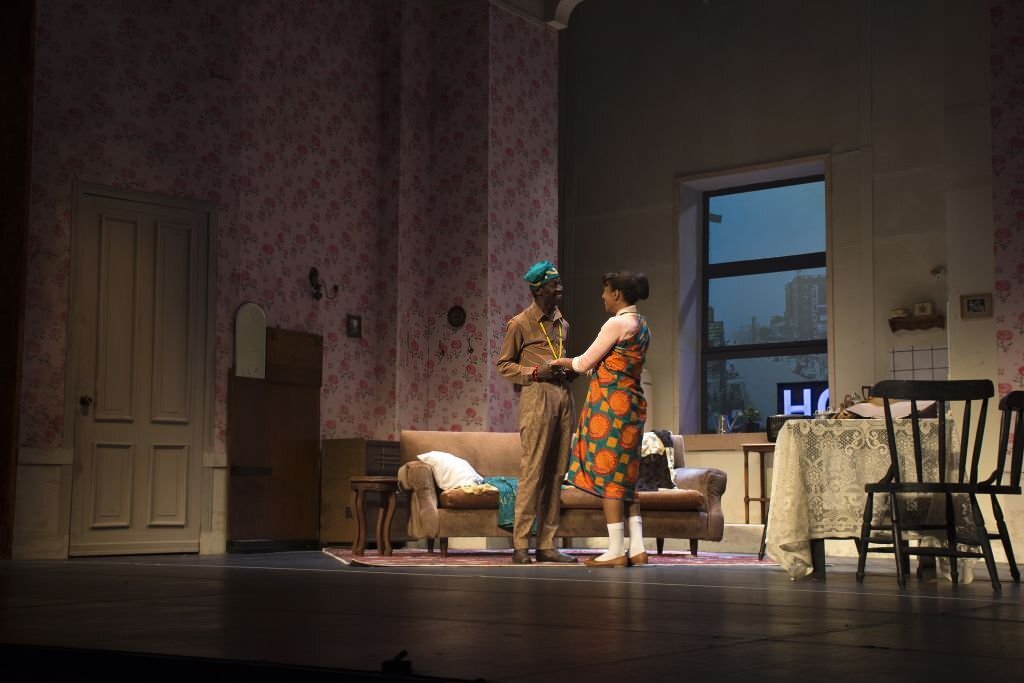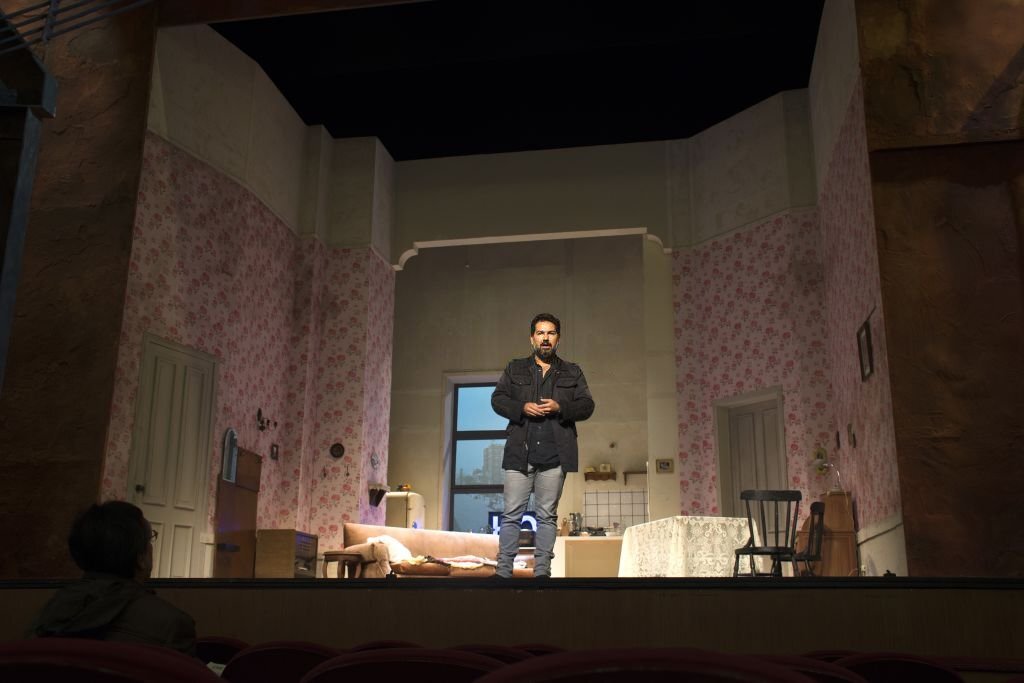A Raisin in the Sun Poem (and Play Analysis By Lorraine Hansberry)
– A Raisin in the Sun Poem –
A Raisin in the Sun by Lorraine Hansberry has a lot of similarities to Langston Hughes’ poem Harlem. The author wrote both while racial segregation was still a major issue.
Black people found it incredibly difficult to achieve any of their goals or desires during this time of persecution.
Because of their shared racial heritage and status as writers of the Harlem Renaissance, Hughes and Hansberry may connect to one another.
Hansberry uses many of the topics present in Hughes’ poem in Raisin in the Sun. The dreams of the Younger family shrivel, burst, fester like a sore, and slump low like a burden.
A Raisin in the Sun Poem
What happens to a dream deferred?
Does it dry up
like a raisin in the sun?
Or fester like a sore—
And then run?
Does it stink like rotten meat?
Or crust and sugar over—
like a syrupy sweet?Maybe it just sags
like a heavy load.Or does it explode?
By Lorraine Hansberry
A Raisin in the Sun Drama
The debut play of Lorraine Hansberry, an African American writer, is titled “A Raisin in the Sun.”
Langston Hughes drew from a passage in the poem “Dream Deferred,” popularly known as “Harlem,” the play’s title.
It inspired Hansberry to write the play by her memories of growing up in Chicago in the 1930s and 1940s.
After relocating to a neighbourhood of white people, her family became the victim of racial attacks meant to drive them out.
Initially, a judge ordered the family to move, but the issue eventually made it to the Supreme Court, where the Hansberry family prevailed.
The Civil Rights movement began in the 1950s, and before “A Raisin in the Sun” was published, significant historical occurrences including Brown v. the Board of Education in 1954, the Montgomery Bus Boycott in 1955, and the Civil Rights Act of 1957 took place.
These incidents perhaps prepared the way for a play written by successful African American author Lorraine Hansberry.
A Raisin in the Sun Synopsis
The drama “A Raisin in the Sun” takes place in a Chicago neighborhood of African Americans in the 1950s.
Three generations of the Younger family live in a small, dilapidated apartment that serves as the setting for the whole play.
The family members argue with one another throughout the play about their own goals and objectives while coping with the challenges of being a Black family in the time before the Civil Rights movement.
- How to Annotate a Poem
- Poem to My Son in Heaven
- The Measure of a Man’s Poem
- Roses are Red, Violets are Blue Poem
A Raisin in the Sun Summary
The head of the household, Mama, is expecting a $10,000 payout from her late husband’s life insurance policy.
Walter, her son, plans to use the funds to start a booze store because he thinks the business would help him and his family escape poverty.
Later, Mama explains she used some funds to place a down payment on a home in Clybourne Park, a predominantly white community with higher living standards.
Mama gives Walter the remaining cash and tells him to save a part for himself and some for his sister, Beneatha.
Mr. Lindner, a white guy from the Clybourne Park area, shows up at the flat in the meantime and attempts to purchase the home back from the family, hinting that the locals do not want a Black family to live there.
The family rejected Lindner’s offer. Later, Walter’s friend shows up to tell Walter that their common acquaintance and alleged business partner has taken.
To recover the money, Walter extends an invitation for Linder to return to the residence. Ultimately, though, Walter’s pride triumphs, and the family moves to Clybourne Park.
A Raisin in the Sun Characters
These are the characters in the play a raisin in the sun.
1. Lena Younger (Mama)
The matriarch is Lena Younger (Mama) (head of the family). She is a grandma to Travis, Walter, and Beneatha and is in her early sixties.
She is a modest, altruistic, devout woman who places a high value on her family’s well-being.
Her motive for everything she does, including purchasing the home and providing the remaining funds to Walter, is her family.
2. Walter Lee Younger
The mid-thirties-old chauffer Walter Lee Younger is Ruth’s husband, Travis’s father, Mama’s son, and Ruth’s partner.
Walter longs for a better life since he is dissatisfied with his present employment and residence.
Although Walter has high aspirations, his ignorance and self-centeredness cause him to lose money and cause disputes with the other family members.
3. Ruth Younger
Walter’s wife and Travis’s mother, is a thirty-year-old domestic assistant named Ruth Younger.
Although Ruth always looks out for the interests of each family member and mediates conflicts within the family, Walter accuses her of being unsupportive of his goals.
Mama’s daughter and Walter’s sister is twenty-year-old college student Beneatha Younger.
She wants to be a doctor, but Walter resents her for not helping out financially, and her family calls her flaky since her goals and interests shift around a lot.
READ ALSO:
- Fire Walk with Me Poem
- Mothers Day Poem from Toddler
- The Man from Snowy River Poem
- If Tomorrow Starts Without Me Poem
4. Travis Younger
The son of Walter and Ruth Younger is a 10 or eleven-year-old kid named Travis. He acts like a regular kid, whining to his mother and making fun of his sister.
Travis, who must sleep on the sofa in the living room and carry groceries at the store after school to make ends meet, serves as a good example of the family’s hardship.
When Walter declines Linder’s offer a second time, he acts as a source of inspiration for Walter to start his own company and a reminder of his family’s pride.
5. Joseph Asagai
Beneatha has known Joseph Asagai, a Nigerian, since college. By introducing Beneatha to elements of her African background, he aids her in her quest for identification.
6. George Murchison
Beneatha’s buddy George Murchison is a college student. Since he is everything Walter is not—wealthy, clever, and educated—he acts as a counterpoint and a source of annoyance for Walter.
Beneatha views George as a culture-rejecting, snobby assimilator.
7. Karl Linder
White member of the Clybourne Park Association named Karl Linder offers Mama more money than she has put down on the home to discourage the Younger family from relocating there.
He stands in for previous prejudice and antagonism by white people toward Black movers into white communities.
8. Bobo
The buddy and alleged business partner of Walter, Bobo, tells him that their other partner, Willy, took Walter’s money and fled.
Do well to leave us a comment in the comment section on what you think about this article and don’t forget to share.








